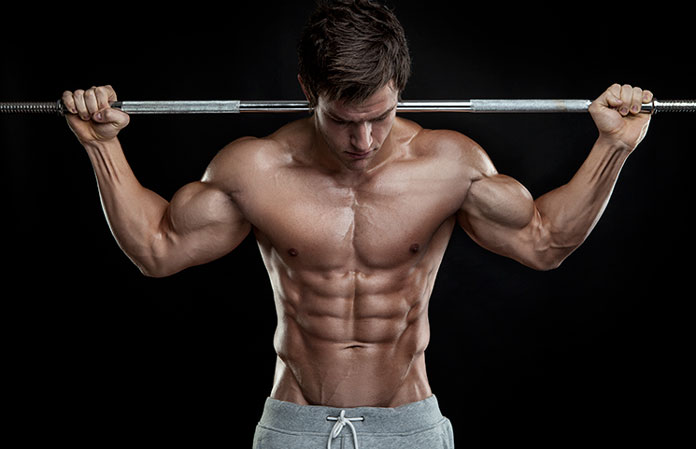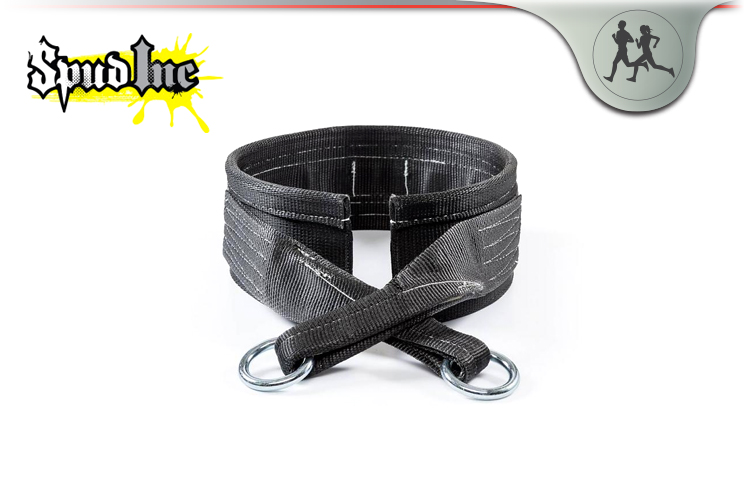One of the biggest dilemmas in powerlifting is training your legs without necessarily fatiguing your back. That's the reason a majority of career powerlifters will have to put up with a myriad of spinal and back issues as a consequence of pushing their backs to the limit – both outside and inside the gym.
For a long time, it seemed impossible for one to train their legs without loading their back; until the inception of the Belt Squat Belt.
Introducing The Belt Squat Belt
The Belt Squat Belt represents a practical solution to overloading your legs in an intense exercise stint while keeping the stress on the shoulders and the lower back on a minimal threshold. Apart from adding that much-needed resistance to your squatting regimen, this belt squat is designed to make your squats more useful, converting and healthily challenging.
Therefore, it becomes easier to build muscles in the posterior region, particularly the thighs, glutes, and of course, the hips.
For the ladies, this belt is poised to catapult you towards your goal of getting that elusive nicer, rounder and bigger butt. The developers behind this belt built it on the premise that consistently is key. And that the only sure way to acquire a progressive, continual improvement of your fitness levels is to challenge your muscles through a regular intensive exercise program constantly.

What the Belt Squat Belt Comprises
In my search for the ultimate squat belt, I came across a number of them from different manufacturers. Each of them – as it is ordinarily the case – has its set of unique pros and cons. However, this one is by far one of the best that I have laid my hands on.
Measuring approximately 57 inches long ( including the rings ) and about six inches thick, the belt is optimized for performance and comfort. Besides, it is designed to withstand years of regular use and abuse courtesy of the industrial nylon/neoprene build that forms the center stage of its rugged construction.
I have this high-end leg press/ hip sled that I have used for the past two years to supplement my training regimen whenever I can't do traditional squats. Nonetheless, despite the effort I put while using the hip sled, it is not possible to replicate the same results or benefits of a nice ol' squat. This Belt Squat Belt has been the game changer. Now I can work my calves and glutes without risking my back.
The manufacturer also found it convenient to attach a carrying bag and a Velcro fastener to make one's work easier.
The Target Audience
As put earlier, the Belt Squat Belt is built for maximal comfort on a user's hips while still allowing them to use heavy weight to train their legs. So, lifting heavy is no longer synonymous with overworking your shoulders and lower spine. That implies that it is an excellent accessory for those athletes who would like to train their legs without inevitably putting the entire body under duress.
The Belt Squat Belt is also a recommended way for gym enthusiasts experiencing back pain to squat while staying clear on the characteristic axial loading that a weight bar places on the spine. Effectively, they can prevent their back pain from worsening while still not taking a break from their leg training regimen.
Complementary Training Artefacts
The Belt Squat Belt can be used an array of other related loading equipment. This includes a squat belt machine, regular and conventional weights, traditional dumbbells and loading kettles.
Should I Use the Belt Squat Belt?
Leading fitness instructors have also recommended this belt squat as an excellent approach to taking a break from a regular, typically taxing, squat routine while still hitting your legs hard.
In other words, if you often do lots of crossfit workouts such as intense rowing or if your training regimen revolves around progressively putting pressure on the back/shoulders, then this belt is a sure way of getting that extra leg work while still minimizing the chances of an accidental spinal injury.









